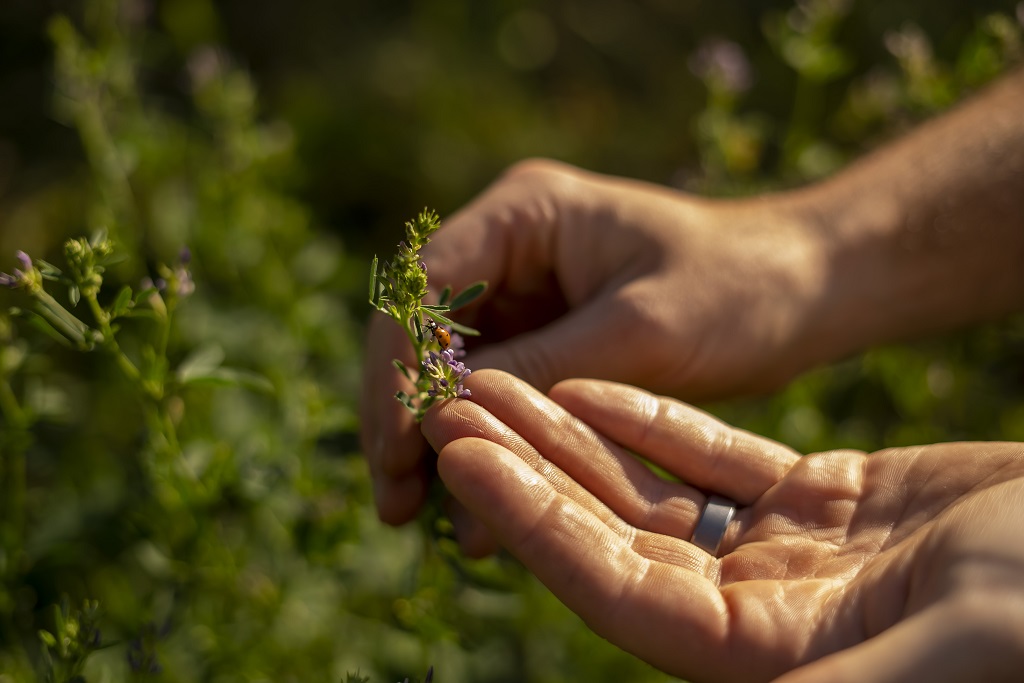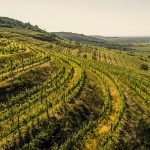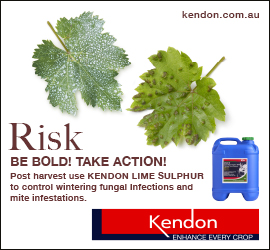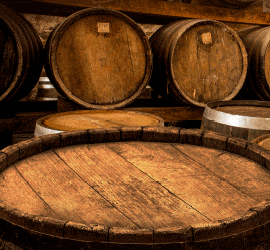Image courtesy Robert Herbst, Austrian Wine Marketing
The under vine area in Austria that is certified as organic has risen to 10,432 hectares – roughly equivalent to the size of 15,000 football pitches. This accounts for 24% of the total area under vine in the country.
According to the report The World of Organic Agriculture 2024 (FiBL & IFOAM), Austria’s share of organically cultivated vineyards was already 21.5% in 2022, putting it in first place among the major wine-producing countries – even outstripping France (20.7%) and Italy (18.1%). Other environmental certification is also common throughout the country, with more than 1 in 10 organic vineyards also being cultivated using biodynamic methods (14% of the organic area under vine). What is more, around 25% of the area under vine in Austria has been certified by Sustainable Austria, for which 380 operational measures are evaluated, from the cultivation of the vineyard to the weight of bottles used.
“Around the world, Austrian wine enjoys a reputation for being produced in an especially environmentally conscious manner, and with good reason, as the numbers show,” said Chris Yorke, CEO of the Austrian Wine Marketing Board (Austrian Wine). “This is not only good for the environment, but also good for the winegrowers themselves because in many markets, certification of environmentally conscious production is an important selling point, e.g. in Scandinavia, Canada and the USA. Some wineries even hold several certifications, e.g. organic and Sustainable Austria.”
Strong roots
Austria’s wine-growing regions are located in the demanding wine-growing zone B. The climatic conditions here are often more challenging than in more southerly wine-producing countries due to increased precipitation or cooler temperatures, for example. This makes environmentally friendly viticulture all the more difficult. The fact that the share of wine produced using environmentally conscious production methods is nevertheless so high is related to the structure of the domestic wine industry, Yorke explained.
“95% of our wineries are family-run,” he said. “Their aim is to pass on healthy vineyards from generation to generation. On average, Austrian winegrowers only cultivate four hectares of vineyards, which is not much compared to other countries around the world. This allows them to tend their vines with precision and intuition, depending on the needs of the vines. On top of that, for the last three decades, our winegrowers have been supported in their environmental efforts by the national agri-environmental programme ÖPUL.”
Spotlight on the environment:
As a growing number of consumers are taking into account the environmental certification when buying wines, Austrian Wine said it sees the positive development in environmentally conscious viticulture as a “great potential” for the sale of Austrian wines. Consequently, it intends to draw even more attention to the topic through related advertising, a short film and a dedicated website, which will draw together all the facts and figures on environmentally conscious viticulture in Austria.
Are you a Daily Wine News subscriber? If not, click here to join our mailing list. It’s free!





















